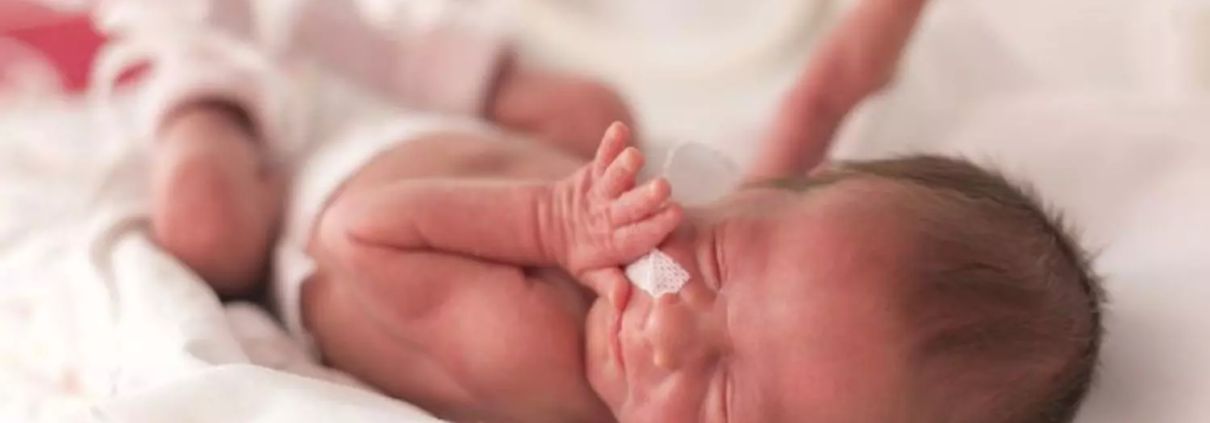Revolutionizing infant dermatology: Weekly pulsed dye laser treatments erase birthmarks safely and swiftly, study finds

New York: In a groundbreaking development for pediatric dermatology, weekly pulsed dye laser treatments yield promising results in managing infants’ port-wine birthmarks. Port-wine birthmarks, characterized by reddish-purple discolorations on the skin, affect approximately 3 in every 1,000 infants worldwide. These marks, caused by abnormal blood vessels near the skin’s surface, often pose cosmetic concerns and potential health risks as they can thicken and become nodular over time.
The findings suggest that during the first few months of life, once-weekly pulsed dye laser (PDL) treatments for port-wine birthmark (PWB), which were well tolerated due to the absence of posttreatment-related purpura in this age group, are associated with shorter overall treatment duration and improved therapeutic outcomes.
“In the case series of 10 patients, seven patients achieved either PWB’s near-total or total clearance two months after treatment initiation. The other three patients achieved near-total clearance with additional treatments,” the researchers reported in JAMA Dermatology.
The conventional approach to treating port-wine birthmarks involves pulsed dye laser therapy, which targets the blood vessels responsible for the discoloration. However, the frequency of treatments, especially in infants, has been challenging due to concerns about skin sensitivity and optimal therapeutic intervals.
Early PWB treatment can be life-altering and is often tied to improved outcomes and quality of life. There is growing evidence that shorter treatment intervals may lead to a more rapid PWB clearance; however, optimal treatment intervals have not been established. Considering this, Shirin Bajaj, Laser & Skin Surgery Center of New York, New York, and colleagues describe the outcomes of once-weekly pulsed dye laser treatments for PWB in infants.
The case series analyzed the medical records of PWB patients who received once-weekly PDL treatments at the Laser & Skin Surgery Center of New York. The patients were younger than six months. Before-and-after treatment photographs were independently evaluated and graded 2 months after treatment initiation.
The primary outcome was the percentage PWB improvement, graded using the following scale: 96% to 100% (total clearance), 76% to 95% (near-total clearance), 51% to 75% (marked improvement), 26% to 50% (moderate improvement), 1% to 25% (mild improvement), and 0% (no improvement).
The following were the key findings of the study:
- Of the 10 patients (60% males; median age at first treatment, 4 weeks) included, 70% had experienced either near-total clearance (76%-95%) or total clearance (96%-100%) of their PWB with once-weekly PDL treatments after 2 months.
- The other 3 patients all saw marked improvement (51%-75%) and subsequently achieved near-total clearance with additional treatments.
- The median duration of treatment and number of treatments to achieve near-total or total clearance in all patients were 2 months and 8 treatments, respectively.
- There were no adverse events.
In conclusion, the case series revealed that weekly pulsed dye laser treatments administered during the first few months of life led to near-total or complete clearance of PWB without any documented adverse events. These findings suggest that adopting a shorter treatment duration could potentially yield improved outcomes. Further investigation into this innovative treatment interval of one week is warranted to validate its efficacy and safety profile.
Reference:
Bajaj S, Tao J, Hashemi DA, Geronemus RG. Weekly Pulsed Dye Laser Treatments for Port-Wine Birthmarks in Infants. JAMA Dermatol. 2024;160(6):606–611. doi:10.1001/jamadermatol.2024.0293



